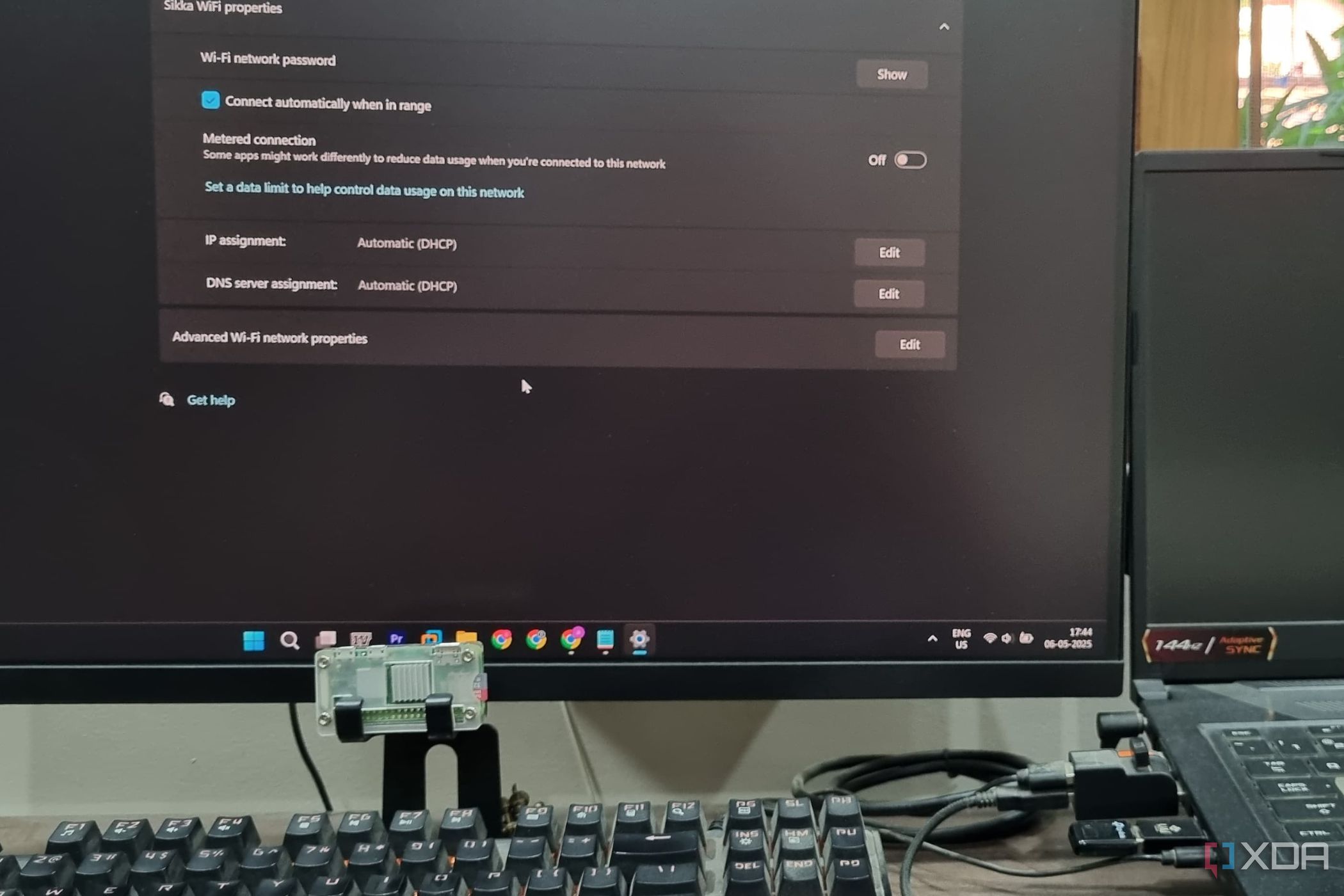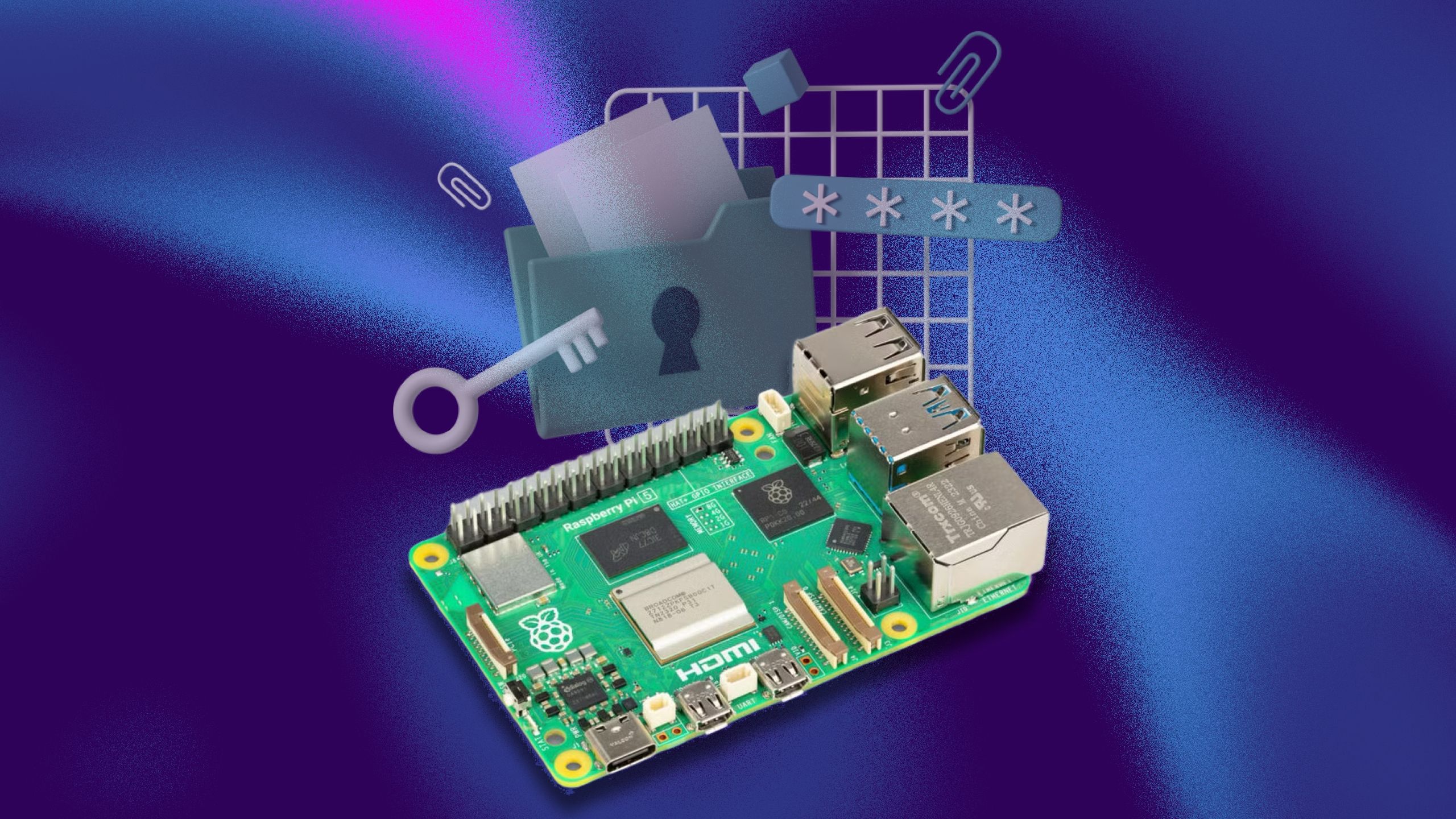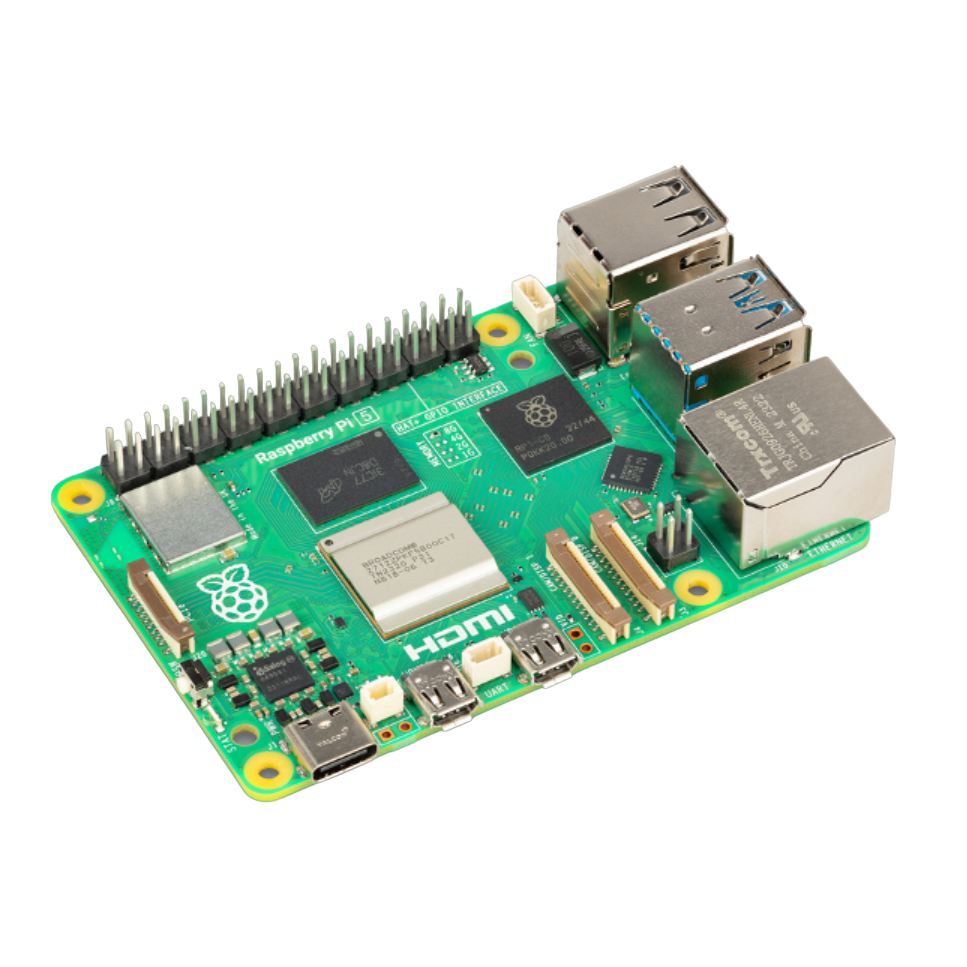Summary
- Offloading services to a Raspberry Pi reduces server load, adds security, and allows easier recovery from crashes.
- Raspberry Pi runs services like Pi-hole, WireGuard, HomeBridge, Gitea, and SyncThing efficiently and independently.
- Using Raspberry Pi improves reliability, simplifies management, and enhances experimentation in a home lab setup.
I’ve spent years tweaking my home lab setup, and while my main server handles the heavy lifting, I’ve come to appreciate how useful the Raspberry Pi can be for running specific services. Offloading tasks to a Pi reduces the load on my main server, helps isolate potentially risky software, and makes it easier to recover from crashes. It's also been a great way to experiment without messing up anything critical.

Related
I turned a Raspberry Pi into a DNS server for my home network, and it's so useful
Raspberry PI as a DNS server is an invaluable and cost-effective tool for speeding up load times and monitoring.
Keeps my entire network cleaner and faster
Pi-hole was one of the first things I moved off my primary server. It’s lightweight, runs beautifully on a Raspberry Pi, and doesn’t need much in the way of resources. Since it handles DNS queries for all devices on my network, it can block ads and known trackers before they ever reach a browser. That not only improves speed but also adds a layer of security.
I chose to keep Pi-hole on a dedicated Raspberry Pi so it remains functional even if my main server is down or being updated. This setup has saved me from endless interruptions when troubleshooting or rebooting the bigger system. Plus, updating Pi-hole or experimenting with new blocklists is easy and low-risk when isolated like this.
If I ever want to test DNS rewrites or try DoH/DoT integration, I can do so without touching my main network infrastructure. It’s one of those services that feels more at home on a Pi: it’s reliable, simple, and out of the way until I need it.
4 WireGuard for remote access
Fast, secure, and perfect for a low-power device
When I needed to start accessing my home network remotely, I looked into several VPN options. WireGuard stood out for being efficient and easy to set up. Running it on a Raspberry Pi means I can keep it isolated from the rest of my services, reducing the attack surface if anything goes wrong.
The Raspberry Pi 4 or 5 handles WireGuard like a champ. Even with multiple clients connected, performance is smooth. I can SSH into other devices, access my self-hosted tools, or tunnel into my local network securely from anywhere. There’s almost no noticeable delay when streaming or transferring files, even over LTE.
I also like being able to reboot or update my main server without breaking remote access. Since the VPN runs independently, I can always get back into my network if I need to fix something. Having WireGuard on its own device has become one of my most dependable remote tools.

Related
I set up a WireGuard VPN on my Raspberry Pi 5—here’s how (and why you should too)
I know plenty of quick Raspberry Pi projects, but I was still shocked at how quickly I could turn my SBC into a WireGuard VPN.
3 HomeBridge for smart home integration
Bridges non-HomeKit devices to Apple’s ecosystem
HomeBridge has become essential for tying all my smart devices into Apple’s Home app. While my central server already handles automation through Home Assistant, I prefer running HomeBridge separately on a Pi. This division ensures that if something crashes in my automation stack, the HomeKit bridge will still function smoothly.
Thanks to the official installer and web UI, installing and configuring HomeBridge on a Raspberry Pi is easy. It doesn’t require many resources, so even a Raspberry Pi 3B+ can manage it. I have plugins for my Blink cameras, TP-Link outlets, and thermostat. It all just works and stays working because it’s not competing with heavier processes elsewhere.
Keeping HomeBridge isolated also makes plugin testing safer. If a new plugin misbehaves or causes a memory leak, it only affects the Pi. I can restart it in seconds without risking the rest of my setup, which is a real win for long-term stability.
2 Gitea for personal code repositories
A private Git server that runs beautifully on ARM
I host most of my code in private GitHub repos, but for projects I don’t want to push to the cloud—or ones I’m collaborating on locally—I use Gitea. It’s like a lightweight GitHub clone and runs perfectly on a Raspberry Pi. Hosting it locally gives me complete control over my commits, issues, and documentation.
The clean interface supports web hooks, SSH key auth, and CI integrations if needed. On a Pi, Gitea sips resources and remains highly responsive. I can push and pull from any device on my network, and backup is as easy as copying the repo directory and a few config files.
By hosting Gitea on a separate Pi, I can tinker with self-hosted dev tools like Drone or Forgejo without risking my main server’s environment. It’s become my go-to space for coding experiments, daily commit tracking, and project management that lives entirely within my home.
1 SyncThing for peer-to-peer file sync
Effortless file syncing between all my devices
Instead of relying on cloud services like Dropbox or OneDrive, I use SyncThing to keep files in sync across my devices. While I used to run it on my main server, I’ve moved it to a Raspberry Pi that stays powered on 24/7. That way, even if the main server is off for maintenance, file syncing continues uninterrupted.
SyncThing shines in its simplicity. It auto-discovers other devices, encrypts everything in transit, and lets me pick what folders to sync and when. Running it on a Pi means I can also toss it in a closet or behind a monitor where it’s quiet, headless, and out of the way.
It’s also been helpful as a redundant backup node. Since the Raspberry Pi is synced with my laptop, desktop, and server, I always have a local copy of important files. If something fails, I just resync. It’s not a complete backup strategy, but it’s a reliable and fast complement to one.
Why offloading to a Pi just works better
Moving these five services to a Raspberry Pi didn’t just save resources on my primary server—it made my home lab more reliable and easier to manage. Each Pi runs a single role, stays lightweight, and can be reimaged in minutes if something breaks. That separation of concerns has helped me isolate issues faster, test new tools more safely, and enjoy a smoother home lab experience.

.png)











 English (US) ·
English (US) ·